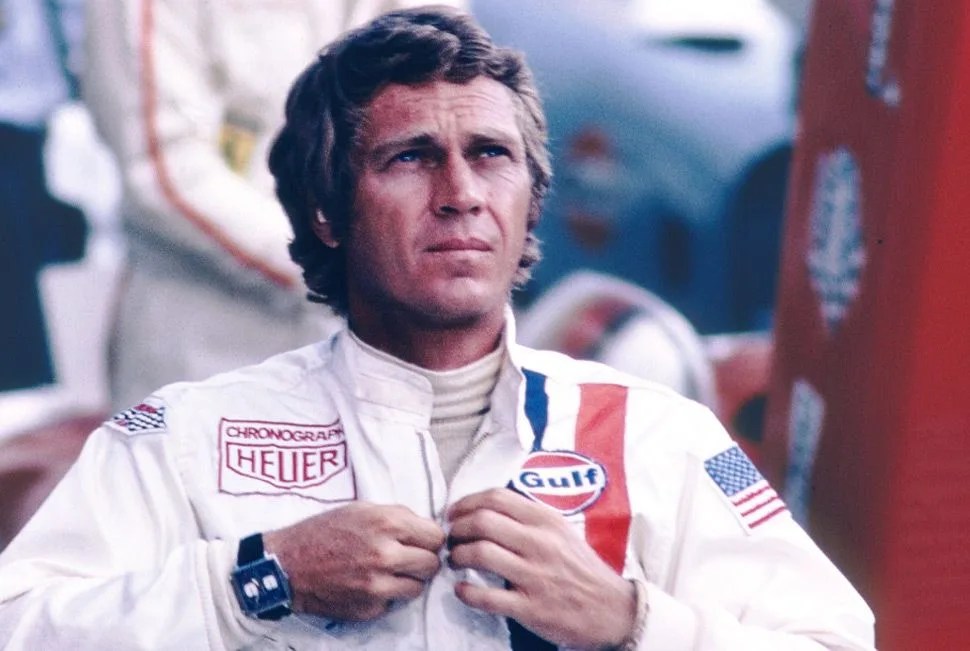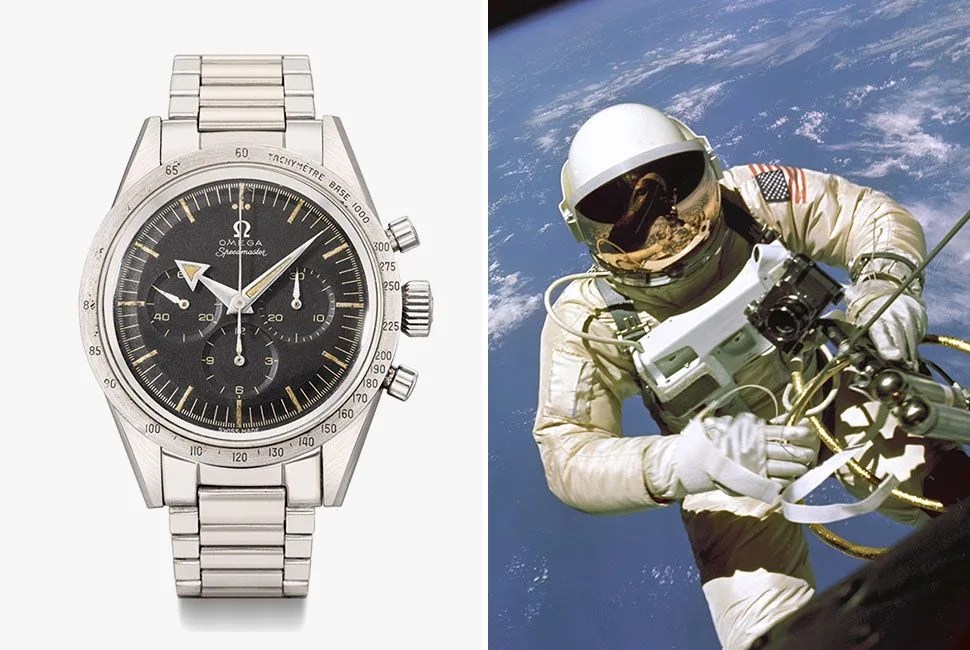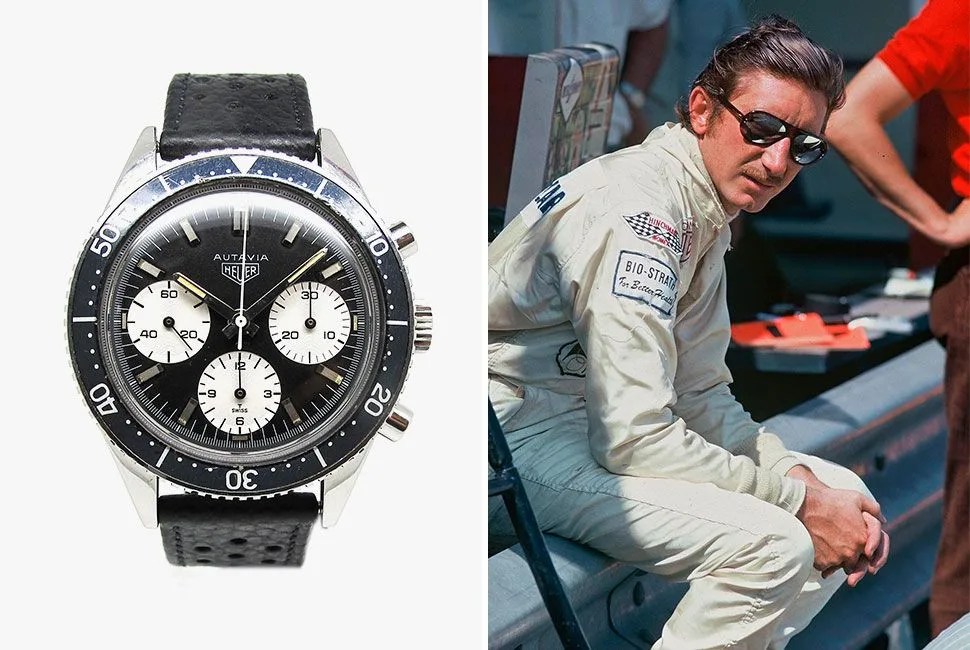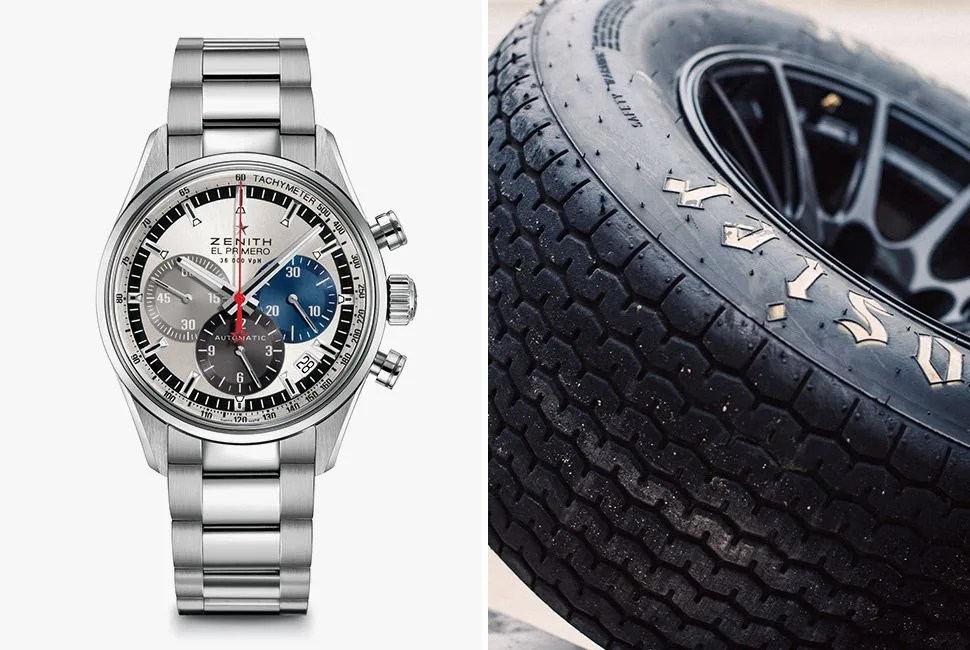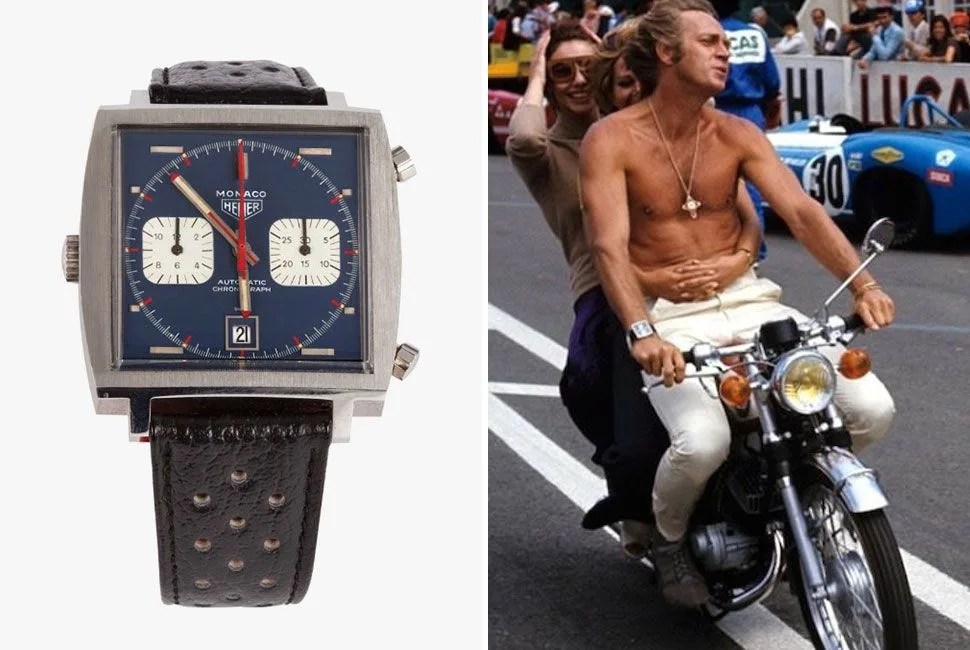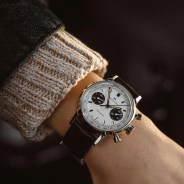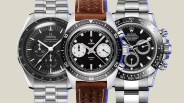In the years following WWII, the Jet Age, the Space Race and motor racing assailed the public consciousness. Planes, rockets and fast cars drove technological innovation, but they also exemplified the human spirit in an era when people were looking to move beyond the war’s milieu austére. Where time was a factor in the development and functions of these machines, a special watch, the chronograph, which could record time-related data, became the tool of choice for pioneers.
Pushing boundaries required more than just a way to record basic times, and soon the chronograph was rethought, and redeveloped into a specialized tool. Throughout the 1960s, ’70s and ’80s, dials and bezels became more functional, movements became more evolved and the chronograph watch traveled to places and performed functions no other timekeeping complication had gone or done before.
Along the way, their complex dials and dual push pieces became associated with cocksure professionals who wore them, like Jo Siffert and Neil Armstrong. These are five of the most the iconic, game-changing chronographs of their era, which to this day remain the most fascinating and distinguished watches of all time.
1952: Breitling Navitimer
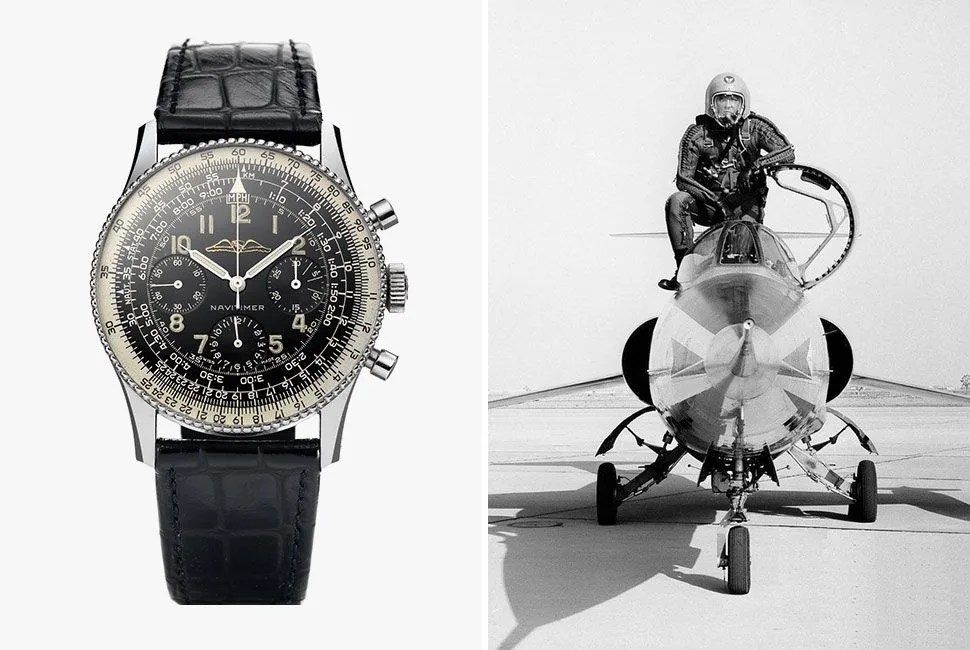
The Pilot’s Chronograph: By 1952 pilots were already familiar with Breitling — the company built onboard chronographs for aircraft cockpits, and Breitling’s Chronomat (released in 1942) was popular in the industry. In addition to its chronograph movement, it had a slide rule that could be used for simple calculations like division, multiplication and unit conversions, making it even more popular among engineers and mathematicians.
With the help of the Aircraft Owners and Pilots Association (AOPA), Breitling created a version, the Navitimer, specifically for pilots. It kept the slide rule of the Chronomat but added a third scale and borrowed functions from the E6B flight computer. The new Navitimer made completing speed and distance calculations quicker and easier, solidifying Breitling’s place as the de-facto watch brand for aviators.
